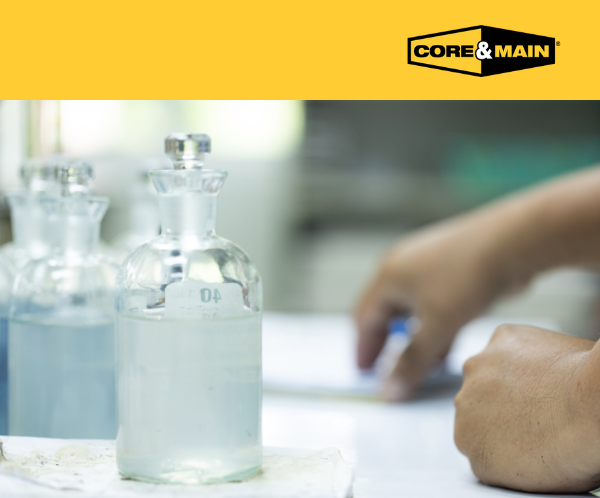- Home
- Supply Insights
- Luminescent Or Clark Cell Dissolved Oxygen Testing. Which Is Best?
In this article, we’ll compare the difference between Luminescent Dissolved Oxygen (LDO) and Clark cell testing measurement methods. Both are used to measure the concentration of dissolved oxygen in a liquid and assess the amount of dissolved oxygen in a chemical solution. Measuring dissolved oxygen is crucial in applications like environmental monitoring, wastewater treatment, aquaculture, and more.
What are the advantages of Luminescent Dissolved Oxygen (LDO) probes versus Clark cell probes?
LDO process probes and meters have several distinct advantages over Clark cell probes. LDO probes can produce faster response times thanks to their rapid luminescence quenching, allowing near real-time monitoring of dissolved oxygen. The low maintenance intervals of LDOs compared to Clark cells save time and money, with a standard LDO probe only needing calibration twice a year.
Clark-cell probes are vulnerable to temperature changes, sample contents, or pressure changes. LDO probes avoid this by not having a physical membrane that can be harmed during testing or storage. The wide measurement range available in LDO testing provides a distinct advantage to the comparatively narrow range of traditional Clark-cell technology. LDO is suitable for low-oxygen environments, while Clark cell proves can struggle to produce repeatable results when exposed to the same conditions. LDO probes require fewer consumable parts, and the absence of a membrane eliminates the need to replace or repair them on a regular basis.
Finally, the real-time monitoring and high accuracy of LDO probes make them an attractive replacement for existing applications using Clark cell membrane probes. The minimal training and machine maintenance required enables all skill levels to operate and test for oxygen in their samples.
What is the difference between Luminescent Dissolved Oxygen (LDO) probes versus Clark Cell probes?
Luminescent Dissolved Oxygen (LDO) – This method relies on oxygen molecules quenching a light-sensitive dye to calculate oxygen concentration. As the oxygen molecules encounter the dye, they quickly quench the luminescence. The luminescence of the dye is inversely proportional to the oxygen concentration, allowing thorough analysis of the oxygen levels in the sample.
Clark Cell Oxygen Testing – Instead of using a dye, this method uses a physical membrane to separate sample liquid (water, sewage, etc.) from a test solution. Over time, the oxygen from the sample diffuses through the membrane and into the reference solution, and a chemical reaction between the cathode and anode is used to calculate the oxygen concentration.
LDO probes have a faster response and calculation time, and can deliver results in under 30 seconds compared to Clark cell membranes which take up to several minutes. LDO sensors require fewer calibration periods, although occasional maintenance with a standard solution is necessary to ensure optimal performance and accuracy. Clark-cell membranes can become fouled or damaged due to the sample used, temperature, or pressure fluctuations, affecting its accuracy. Clark-cell membranes also need regular calibration to account for the change in permeability and performance over time.
LDO probes can cost more than Clark cell probes initially, but the cost and time savings, coupled with the overall convenience factor, will realize quick returns for your team. LDO is not only faster to read results, but require less maintenance and perform better in adverse testing conditions. Check out Core & Main’s wide selection of high-quality LDO probes for the plant, lab, and field!

